15 Reasons Why Summers Were Different When We Were Young
When school ended, summer began without the usual structure of daily life. Days felt longer, mornings were peaceful, and plans came together on the spot. Without homework or fixed schedules, activities filled the time naturally. Swimming, traveling, or simply being outside became part of the season’s routine, and the pace stayed steady for weeks.
Here are some ways those summers stood apart, and why the experience changes so much once you’re grown.
Long Days in the Sun

Credit: pexels
According to several time-use surveys, children in past decades spent nearly twice as much time outdoors during summer as they do today. Days began in sunlight and often ended in it, filled with games, bike rides, and open-air activities. Now, much of summer is spent indoors, as you try to catch short breaks outside between responsibilities.
Airports
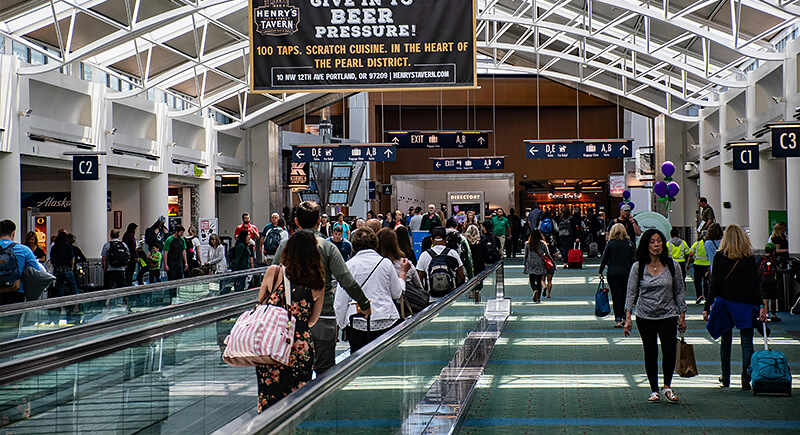
Credit: pexels
For various adults, the airport has become a place to endure rather than enjoy, even when the destination promises a much-needed break. Security lines, baggage limits, and delays can turn travel days into logistical challenges. As a child, the process was different because someone else took care of the bags while you explored the terminals.
Ice Cream

Credit: pexels
Summer ice cream sales in the United States peak in July, when temperatures average their highest nationwide. When the truck’s music reached the street, children ran to the curb and chose a favorite without hesitation. Decisions were based on color or flavor, rather than the nutritional information people currently consider.
Swimwear
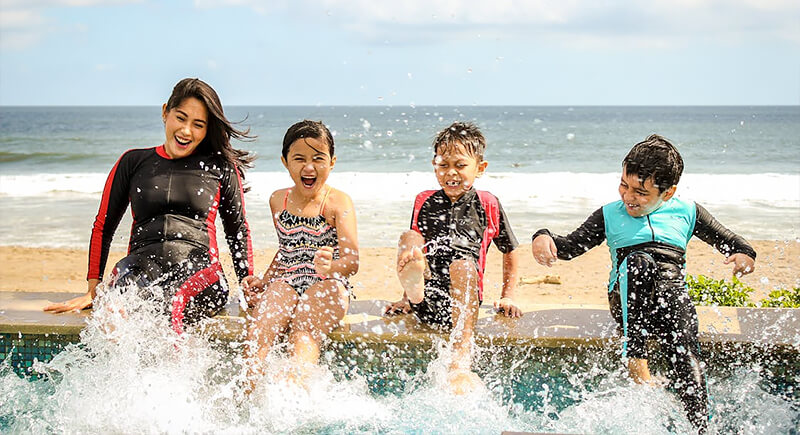
Credit: pexels
If you put on a swimsuit as a kid, the goal was to get into the water as quickly as possible. There was no pause to check mirrors or adjust straps. But once you’ve grown up, swimwear tends to bring thoughts about fitness, grooming, or how you might appear in photos.
Relaxed Curfews

Credit: pexels
Staying out late means sacrificing energy and focus the next day. Work deadlines, early meetings, and household responsibilities make late nights harder to justify. Even on weekends, there’s pressure to use mornings productively. This is when you realize that spontaneous hours outside were mainly just possible during childhood.
Extended Time Away

Credit: pexels
In the 1980s, many families spent summer vacations at beach towns, national parks, or roadside motels along well-traveled highways. Popular coastal spots like Myrtle Beach, Cape Cod, and the Jersey Shore drew crowds year after year. These trips usually lasted one or two weeks, but not anymore because most people have less paid leave and higher travel costs.
Friendships Without Formalities

Credit: pexels
You may have noticed how you made friends quickly in your childhood, especially during the summer. Meeting someone at the pool or playground could lead to hours of play without even knowing their name. Meanwhile, grown-ups tend to form connections through work, shared interests, or scheduled events.
Playgrounds
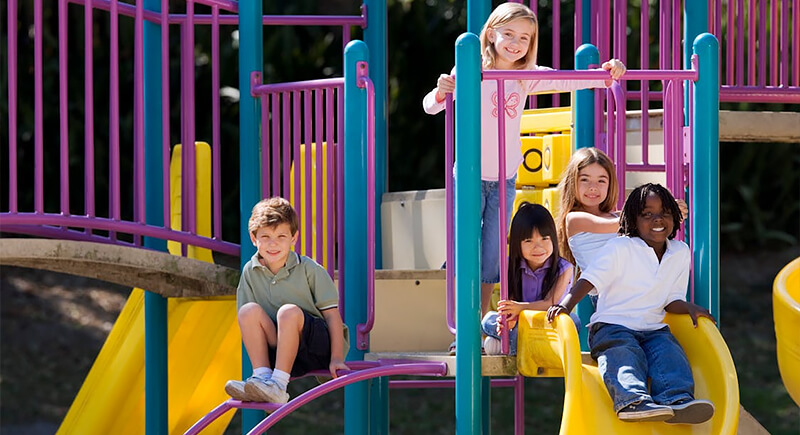
Credit: pexels
By the mid-20th century, playgrounds had become standard features in many American neighborhoods. These spaces offered children safe spaces to climb, run, and test their physical abilities. Life now involves passing these spaces on the way to other obligations, with no reason to stop.
Sleeping Past Noon

Credit: pexels
Teenagers are biologically inclined to wake later, with research showing their natural sleep cycle shifts during adolescence. Summer breaks made it possible to follow that pattern without consequences. But sleeping until midday is rarely an option once mornings are filled with commutes, deadlines, and household responsibilities.
Family-Paid Freedom

Credit: pexels
Being financially independent means every outing comes with a cost you have to consider. Tickets, food, and transportation all compete with other expenses, which can make impromptu plans harder to justify. When you were a child, your parents covered these costs, which removed the need to think about affordability.
Pool Time
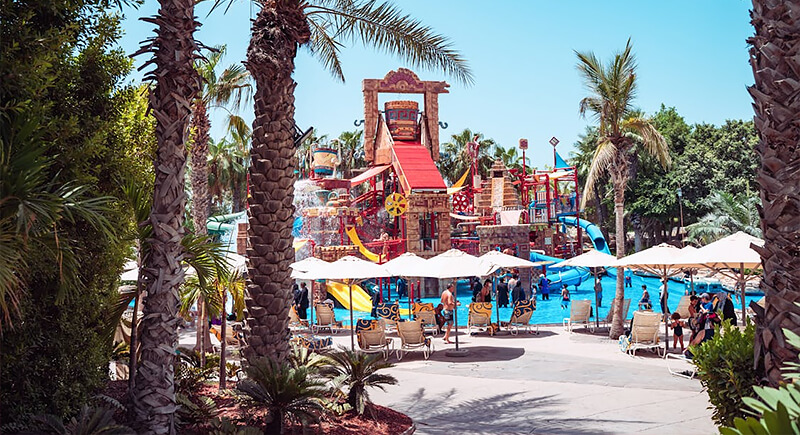
Credit: pexels
Long hours in the pool often stretched from late morning until the sun began to set. Extended swimming built stamina, improved coordination, and encouraged constant movement. Spending so much time in a single activity also created focus and connection, something that short, pre-decided pool visits rarely match now.
Takeout Meals

Credit: pexels
Burgers, grain bowls, and takeout sushi are common summer meals today, but getting them often means placing an order, cooking, or shopping first. During childhood, packed lunches were ready before day trips, and dinners followed lazy afternoons outside. Barbecues did not require you to buy supplies or light the grill at all.
Music Everywhere
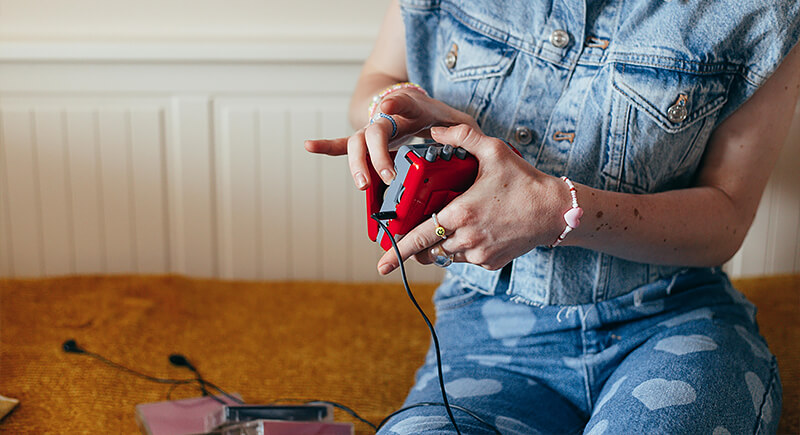
Credit: pexels
Portable cassette players and radios once set the soundtrack for summer. Songs came from boomboxes on porches, mix tapes shared between friends, or the steady rotation on local stations. However, streaming apps have replaced those shared listening moments with personalized playlists driven by algorithms.
Solutions to Boredom

Credit: pexels
As per research, boredom can promote creativity by encouraging the brain to seek new stimulation. In your adolescence, that typically happened in the midst of summer breaks after familiar activities started to feel repetitive. With no phones or endless online entertainment, you found ways to fill the day and created games or started small projects.
Birthdays
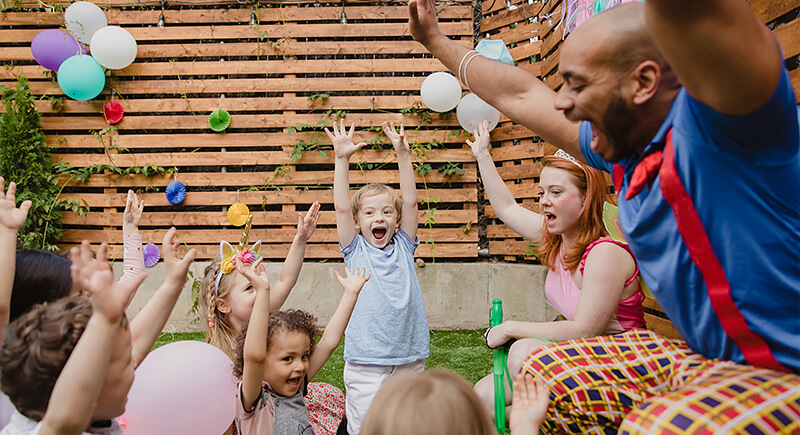
Credit: pexels
There was a time when planning birthdays could take up a good portion of the summer. You chose a theme, decided on games, and thought about the guest list weeks in advance. Friends were almost always available, and outdoor spaces made hosting easy. Today, celebrations are squeezed between commitments, with everyone rushing to get home.